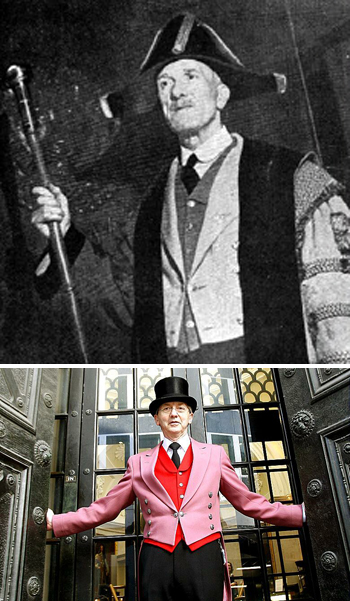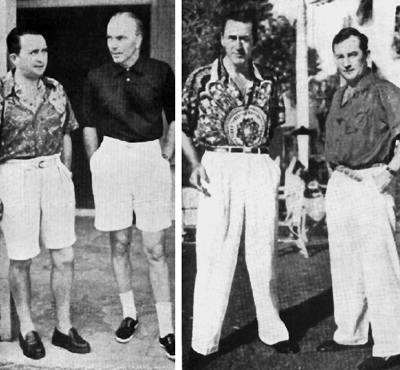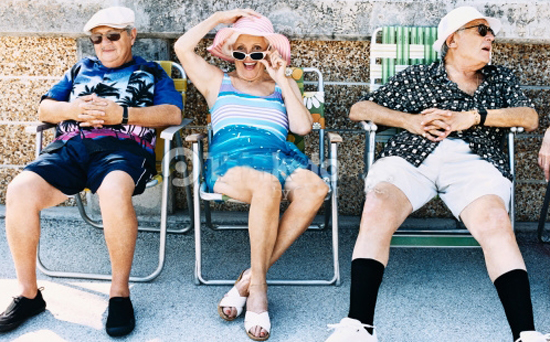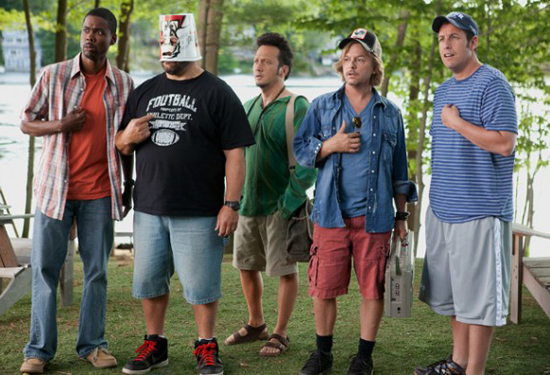Manners, Customs, Clothing
 |
 |
 |
 |
 |
 |
 |
Clothing, the Mirror of an Epoch
From a purely material point of view – which is the service it provides to the body – clothing is only a covering. At best one can recognize its function of providing for a certain modesty that springs from the depths of the human instinct.
But those who know that man is more than just matter, also know that clothing is not just a covering. They know that, according to the natural order of things, it should also render service to the spirit.
 What service? By a propriety that is not just conventional or imaginative, but with roots at the heart of reality, certain forms, colors and qualities of the fabrics produce in man certain impressions, which are more or less the same for all men. They generate impressions and, therefore, states of spirit, mental attitudes and, in some cases, the whole penchant of the personality. This is one of the foundations of art. Thus, a man can, by means of dress, express to some degree his moral personality. This is easily perceived in women's clothing, so able to mirror the mental profile of women.
What service? By a propriety that is not just conventional or imaginative, but with roots at the heart of reality, certain forms, colors and qualities of the fabrics produce in man certain impressions, which are more or less the same for all men. They generate impressions and, therefore, states of spirit, mental attitudes and, in some cases, the whole penchant of the personality. This is one of the foundations of art. Thus, a man can, by means of dress, express to some degree his moral personality. This is easily perceived in women's clothing, so able to mirror the mental profile of women.
More than the mental profile of an individual, professional attire tends to express the mental framework proper to a profession: It will be sober like the cassock of a priest, serious like the academic gown of a professor, imposing and stately like the mantle of a King, etc.
When an epoch is concerned about elevating man, when it is athirst for dignity, grandeur and seriousness, then the apparel – common or professional – is such that it accentuates the impression of these values in each person. The dress of all men, from the Sovereign to the lowest plebian, will be – or will tend to be – noble, dignified and manly. This is what we see in the dress of former times.
We publish on this page a picture of a mere doorman of the Bank of England in his traditional robes. It would be impossible to better express and appreciate the modest but real parcel of responsibility and authority that his position, obscure but honest, possesses.
* * *
The other photos represent our contemporaries as they are usually dressed on the beaches and in the countryside of certain countries, a type of man who prides himself on being in step with "progress." Such clothing, as one knows, tends to invade all of life: They are already frankly admitted to popular use in some cities, such as Paris in the summer.
 What mentality do these clothes reveal? That which one could perhaps tolerate in a boy ... and nothing more.
What mentality do these clothes reveal? That which one could perhaps tolerate in a boy ... and nothing more.
What opportunity do these clothes give to reflect what should be the soul of a well-formed man of any social class, that is, gravity, a sense of responsibility, an elevation of spirit?
The answer is obvious: They do not express any of these values.
"Tell me how you dress, and I will tell you who you are." This maxim, so often erroneous if we apply it to each person individually considered, is nonetheless quite true for the various epochs of History.
Two types of dress, two mentalities, two styles of life.
What a difference! And who will dare to say that what we have today is for the better?


First published in Catolicismo, n. 20, August of 1952
Posted September 16, 2015
But those who know that man is more than just matter, also know that clothing is not just a covering. They know that, according to the natural order of things, it should also render service to the spirit.

A doorman at the Bank of England,
top, in the '50s; bottom, today
More than the mental profile of an individual, professional attire tends to express the mental framework proper to a profession: It will be sober like the cassock of a priest, serious like the academic gown of a professor, imposing and stately like the mantle of a King, etc.
When an epoch is concerned about elevating man, when it is athirst for dignity, grandeur and seriousness, then the apparel – common or professional – is such that it accentuates the impression of these values in each person. The dress of all men, from the Sovereign to the lowest plebian, will be – or will tend to be – noble, dignified and manly. This is what we see in the dress of former times.
We publish on this page a picture of a mere doorman of the Bank of England in his traditional robes. It would be impossible to better express and appreciate the modest but real parcel of responsibility and authority that his position, obscure but honest, possesses.
The other photos represent our contemporaries as they are usually dressed on the beaches and in the countryside of certain countries, a type of man who prides himself on being in step with "progress." Such clothing, as one knows, tends to invade all of life: They are already frankly admitted to popular use in some cities, such as Paris in the summer.

Casual dress for men in the 1950s when this article was written
What opportunity do these clothes give to reflect what should be the soul of a well-formed man of any social class, that is, gravity, a sense of responsibility, an elevation of spirit?
The answer is obvious: They do not express any of these values.
"Tell me how you dress, and I will tell you who you are." This maxim, so often erroneous if we apply it to each person individually considered, is nonetheless quite true for the various epochs of History.
Two types of dress, two mentalities, two styles of life.
What a difference! And who will dare to say that what we have today is for the better?

A common sight today: seniors above and youth below dressing without any care for dignity


First published in Catolicismo, n. 20, August of 1952
Posted September 16, 2015
______________________
______________________








